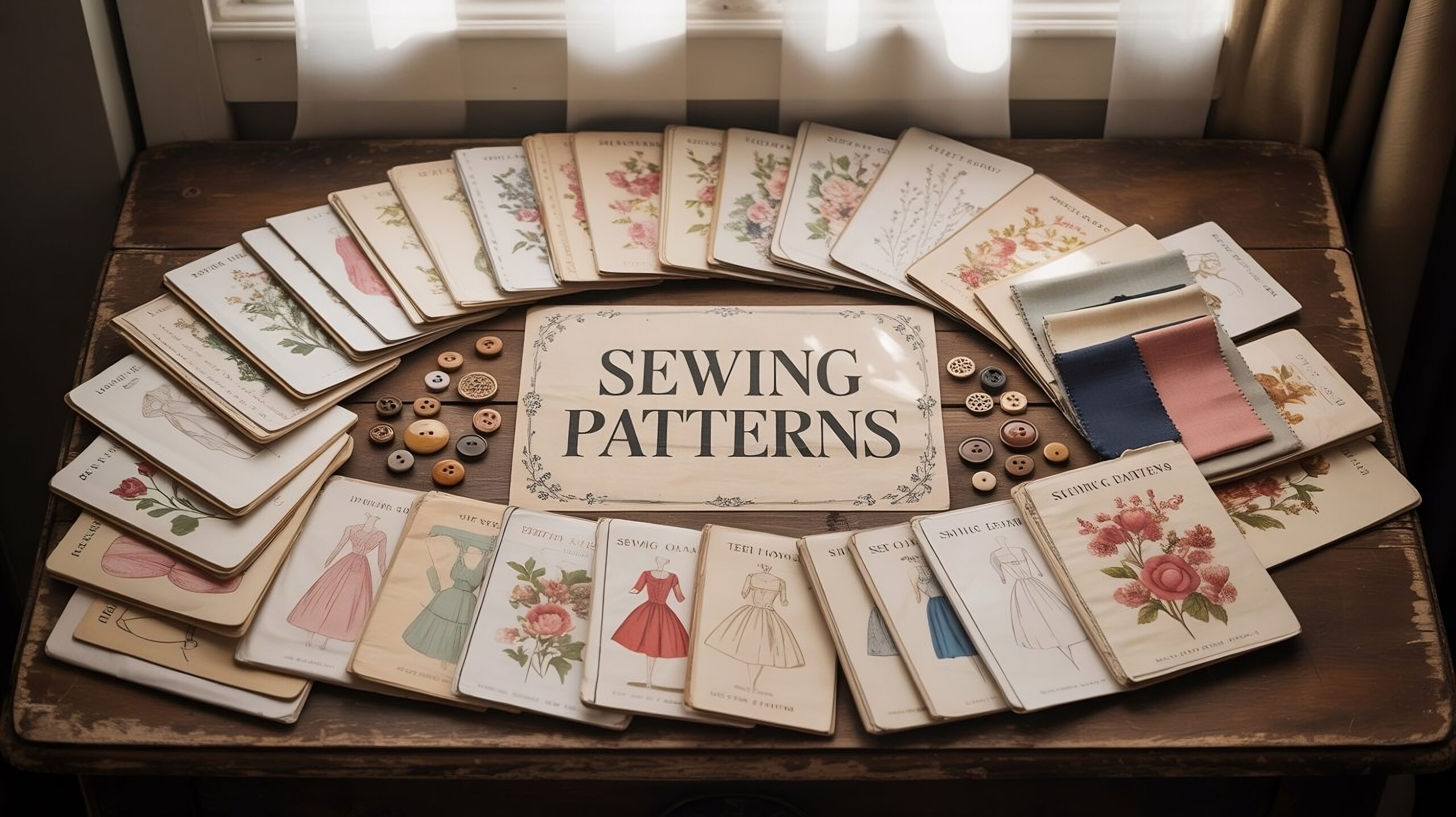Starting out in sewing can feel overwhelming — especially when it comes to needles. Who knew there were so many different types?! From machine needles to hand sewing essentials, the right needle makes a big difference in how your fabric behaves and how smooth your stitches are.
Whether you’re sewing your first pillow cover or hemming a pair of pants, here’s a quick guide (and review!) of 5 basic sewing needles every beginner should have in their kit.
1. Universal Machine Needle
🧵 Best for: Woven and knit fabrics
⭐ Rating: ★★★★★
The universal needle is the jack-of-all-trades in your sewing box. It’s designed to handle a wide variety of fabrics — from cotton and linen to lightweight knits. If you’re just starting out with your sewing machine, this is likely the needle it came with.
📌 Tip: Go with size 80/12 for general medium-weight fabric projects.
💬 Why I love it: It’s perfect for everyday sewing and doesn’t snag my fabric. I always keep a stash of these on hand!
2. Ballpoint Needle (Jersey Needle)
🧵 Best for: Knits and stretchy fabrics
⭐ Rating: ★★★★☆
The ballpoint needle has a rounded tip that slides between fibers instead of piercing them. This helps prevent skipped stitches and holes in stretchy fabrics like jersey or rib knit.
📌 Tip: Use this needle when sewing t-shirts, baby leggings, or anything with stretch.
💬 Why it matters: Once I switched to ballpoint needles for knit fabrics, my seams stopped popping open — game changer!
3. Sharps (Microtex) Needle
🧵 Best for: Tightly woven fabrics like silk, taffeta, or lightweight cotton
⭐ Rating: ★★★★☆
This needle has a very fine, sharp point for clean, precise stitching. It’s ideal for detail work or when you need super neat topstitching.
📌 Tip: Use a smaller size like 70/10 for delicate fabrics.
💬 What I noticed: It pierces the fabric smoothly and leaves a crisp finish — especially nice for quilting cotton and sewing crisp lines.
4. Denim/Jeans Needle
🧵 Best for: Heavy fabrics like denim, canvas, or twill
⭐ Rating: ★★★★★
These needles are tough! They have a reinforced shaft to punch through multiple layers without bending or breaking.
📌 Tip: Use this needle when sewing jeans, tote bags, or anything thick.
💬 Personal win: My first attempt at hemming jeans went so much better after switching to a proper denim needle. No skipped stitches or broken needle tips!
5. Hand Sewing Needle (Sharps or Embroidery)
🧵 Best for: Hand stitching, basting, or finishing details
⭐ Rating: ★★★★☆
For those moments when you need a quick hand fix or want to sew buttons, a simple hand sewing needle is essential. Sharps are all-purpose, while embroidery needles have a larger eye for thicker threads.
📌 Tip: Keep a mix of sizes and thread your needle with a needle threader to make life easier.
💬 Why I use them: They’re handy for last-minute fixes or when I don’t want to pull out the machine.
Final Stitch: Choose the Right Tool for the Fabric
Sewing is so much easier (and more enjoyable) when you use the right needle. These five basics will get you through most beginner projects. Be sure to change your machine needle regularly — a dull one can cause skipped stitches or damage fabric.
Let me know your go-to needle or any questions you have — I’d love to help!

